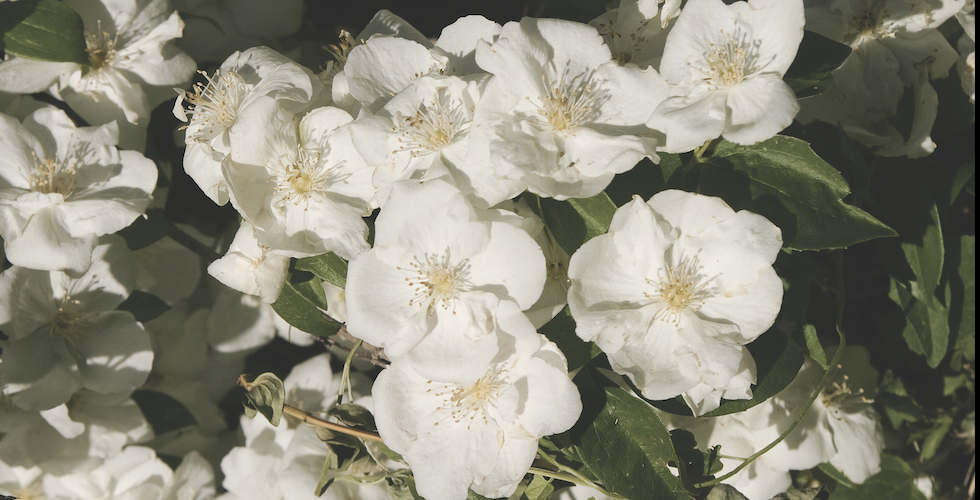
Let’s Discover the State Flowers of the Rocky Mountains
Backyard Science & Discovery Workbook: Rocky Mountains by George Miller covers five states in the Northern, Middle, and Southern Rockies. Today we take a look at the state flowers of Colorado, Idaho, Montana, northern Utah, and Wyoming.
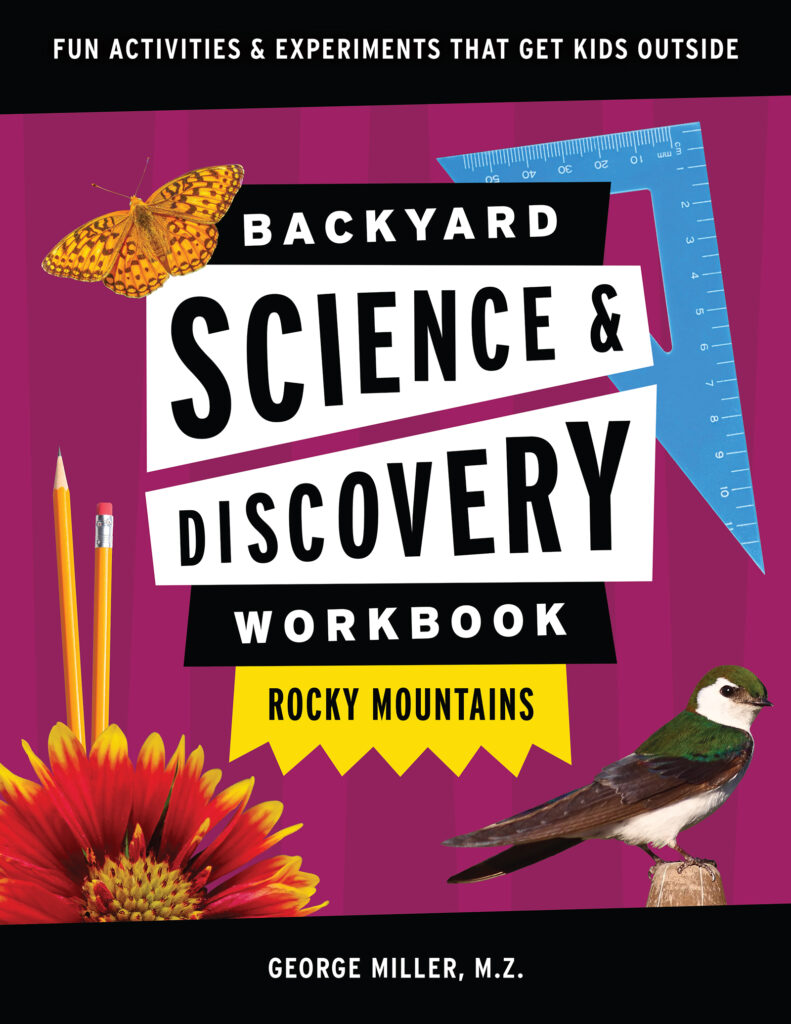
This workbook features more than 20 simple, fun introductions to astronomy, birds, geology, and more. Plus, it has more than a dozen activities to help kids make hypotheses, experiment, and observe. The 19 hands-on science projects―such as raising native caterpillars, making mushroom spore prints, and attracting moths with an ultraviolet light―put students in control of their own learning.
These fun activities and experiments get kids outdoors, and you never know what your children will uncover outside. Every day is a little treasure hunt.
A good way to get to know the region is by learning which plants, animals, and natural materials are your state’s official symbols. Not every state has the same categories of names for state symbols, but they are still a good way to learn about your state and its wildlife.
State Flowers of the Rocky Mountains
The state flower of Colorado is the beautiful white and lavender Rocky Mountain Columbine. The flower was designated the official state flower in 1899. The Rocky Mountain Columbine is a favorite of bees, butterflies, and hummingbirds.

The fragrant Syringa, also known as Mock Orange, has been the state flower of Idaho since 1931. Did you know that Native Americans used the wood of the Syringa to make pipe stems, harpoon shafts, bows, arrows, root digging sticks, and snowshoes? They also used the bark and leaves to make soap.
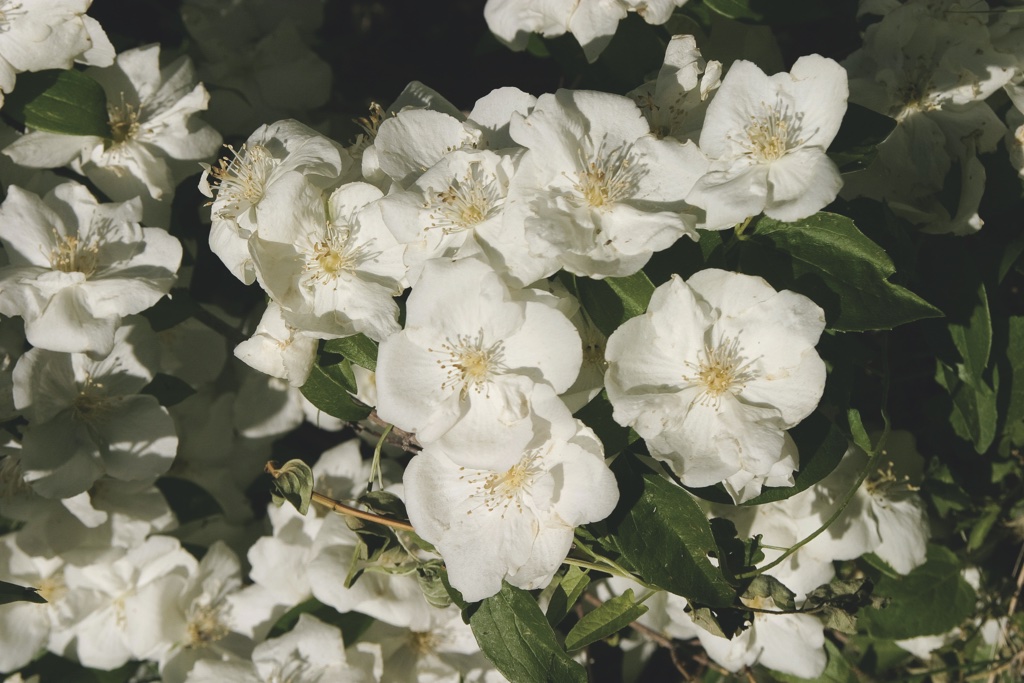
Since 1895 the Bitterroot has been the official state flower of Montana. Did you know that the Bitterroot Mountains, the Bitterroot River, and the Bitterroot Valley all owe the origins of their names to this beautiful purplish-pink flower?
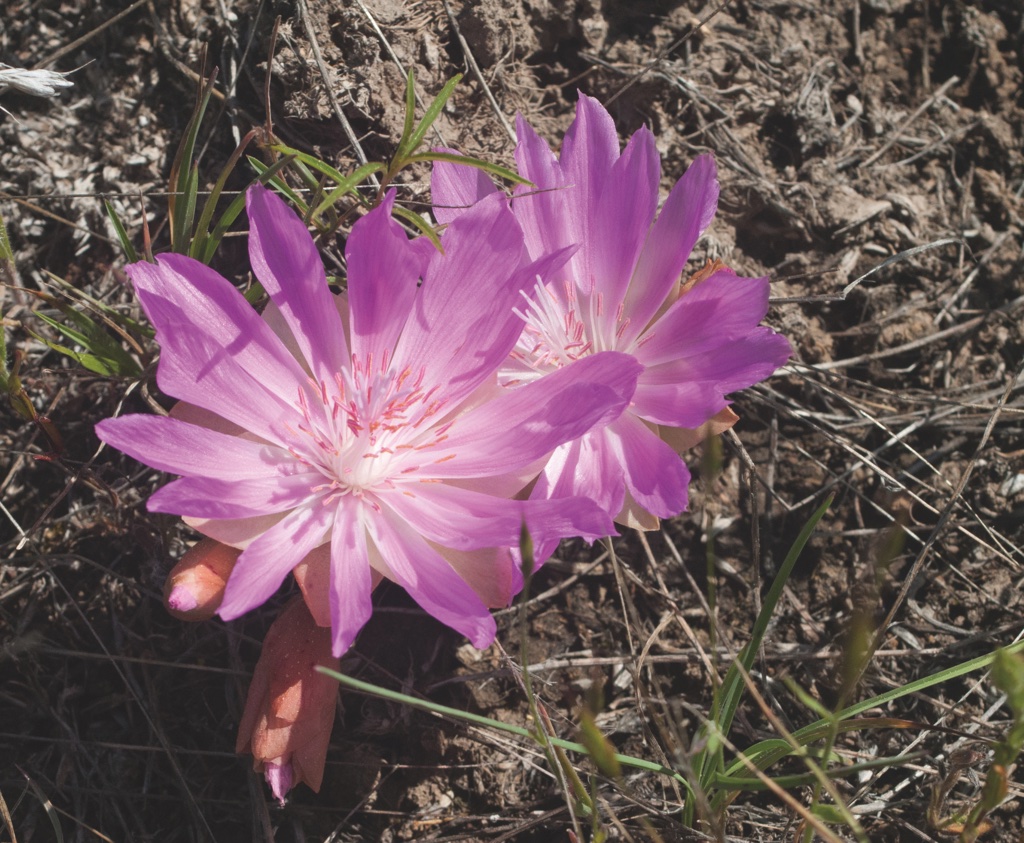
The Sego Lily blooms in early summer and has been the state flower of Utah since 1911. The Sego Lily has white, yellow, or lilac flowers. In the mid 1800s Utah suffered from a crop-devouring plague of crickets and the roots of the Sego Lily were collected and eaten.
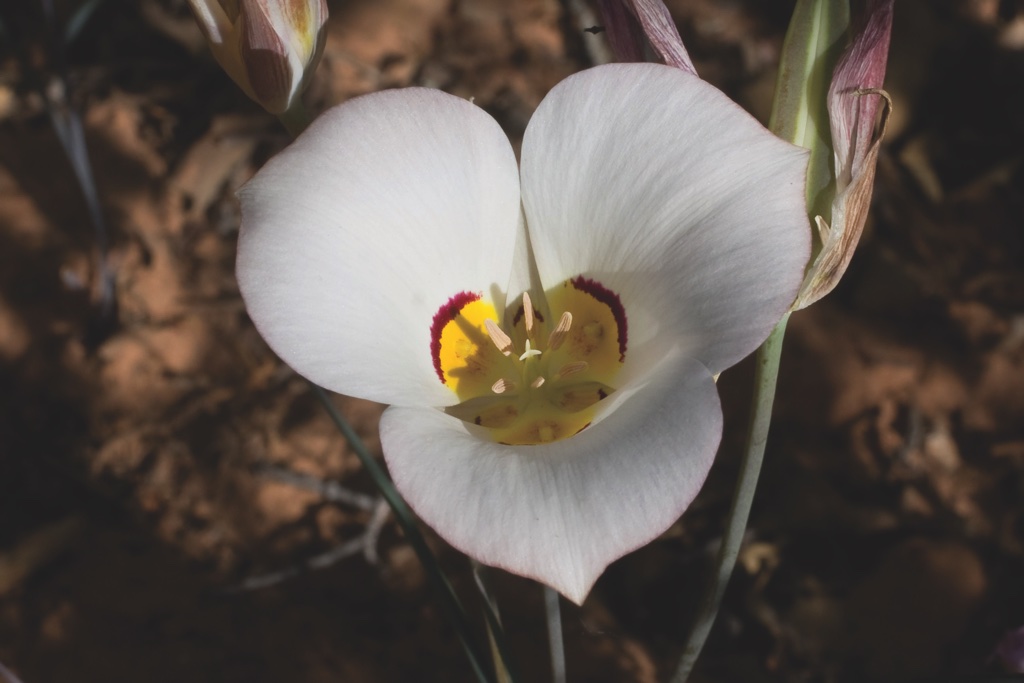
In 1917 Wyoming declared the Indian Paintbrush as its state flower. Hummingbirds, with their long bills, can easily reach the end of the long tubular flowers. It helps, of course, that the Indian Paintbrush is red.
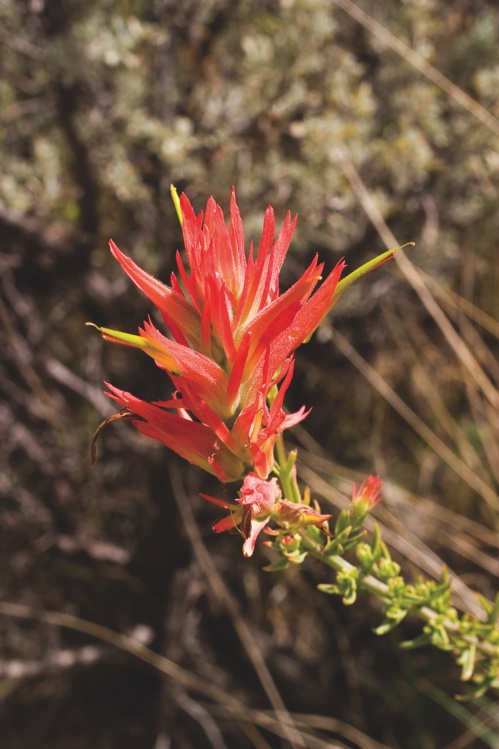
About the author: Professional nature photographer and botanist George Miller is a lifelong resident of the West. He has lived in New Mexico, Arizona, and Texas, and he has written six guidebooks to the Southwest, including the best-selling trio Landscaping with Native Plants of the Southwest, Landscaping with Native Plants of Texas, and Landscaping with Native Plants of Southern California. He is also the author of the Wildflowers quick guides to Arizona & New Mexico, Texas, Southern California, and Colorado. He wrote a “Plant of the Month” column for New Mexico magazine and is the former president of the Albuquerque chapter of the Native Plant Society of New Mexico, where he still conducts workshops and programs on how to create your own backyard pollinator oasis.
Backyard Science & Discovery Workbook: Rocky Mountains is part of a series of seven region-specific workbooks, including California by George Miller, Midwest by Brett Ortler, Pacific Northwest by Robert Niese, South by Erika Zambello, Northeast by Susan Schenck, and Southwest by George Miller. The books are complemented by the Insects & Bugs Backyard Workbook by Jaret C. Daniels and the Rocks & Minerals Backyard Workbook by Dan R. Lynch.
If you enjoyed this post, order your copy of Backyard Discovery & Science Workbook: Rocky Mountains here, and sign up for our newsletter now!



Annie Long
Whoa–the wildflowers are sublime in the Rocky Mountains. And such variety could make it a destination! Is there an age range designated for this series? I have some nieces in California I’d like to influence in the direction of science and nature.
Liliane
Hi Annie: These books are beautiful. Ages: 6 – 12. I love them.